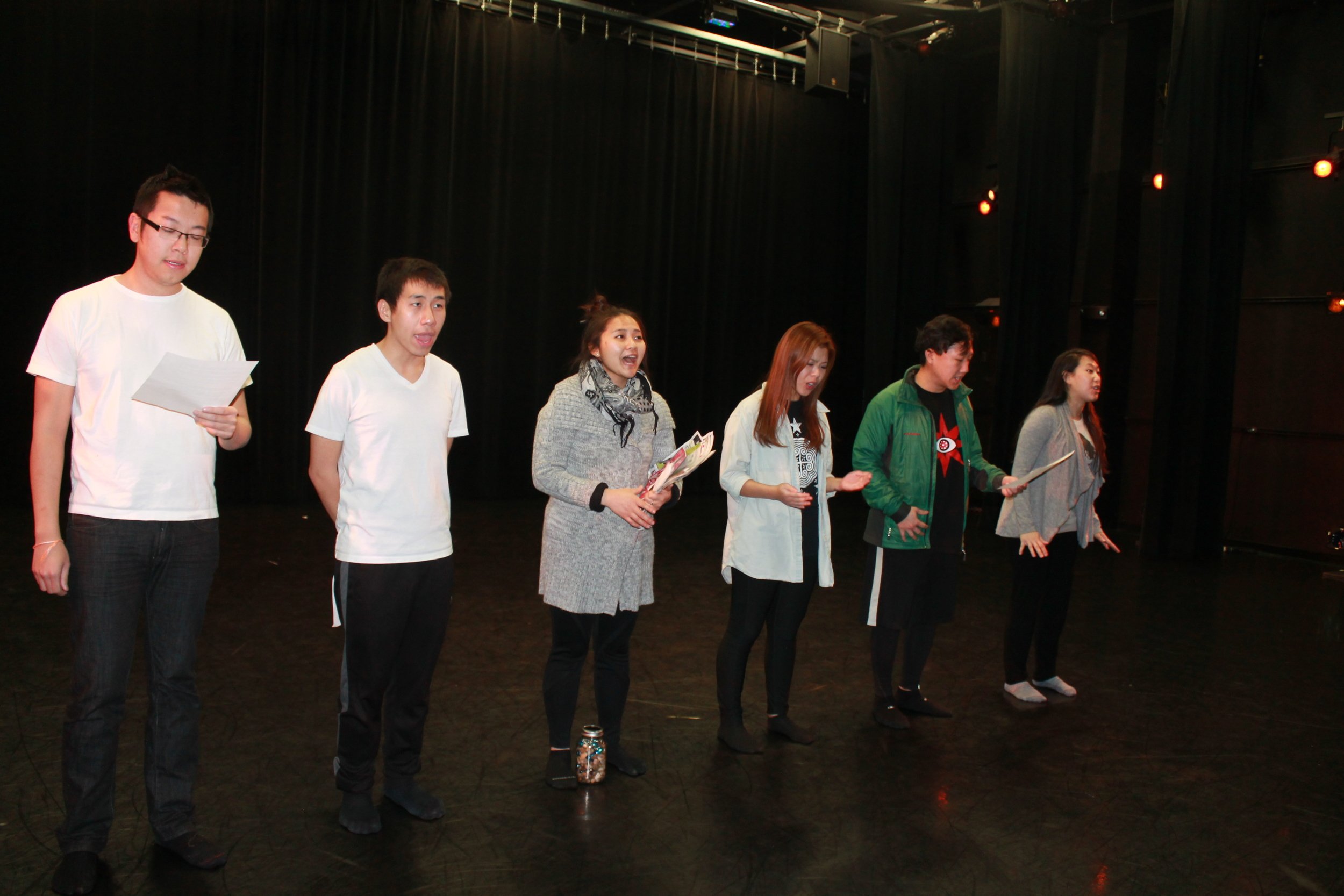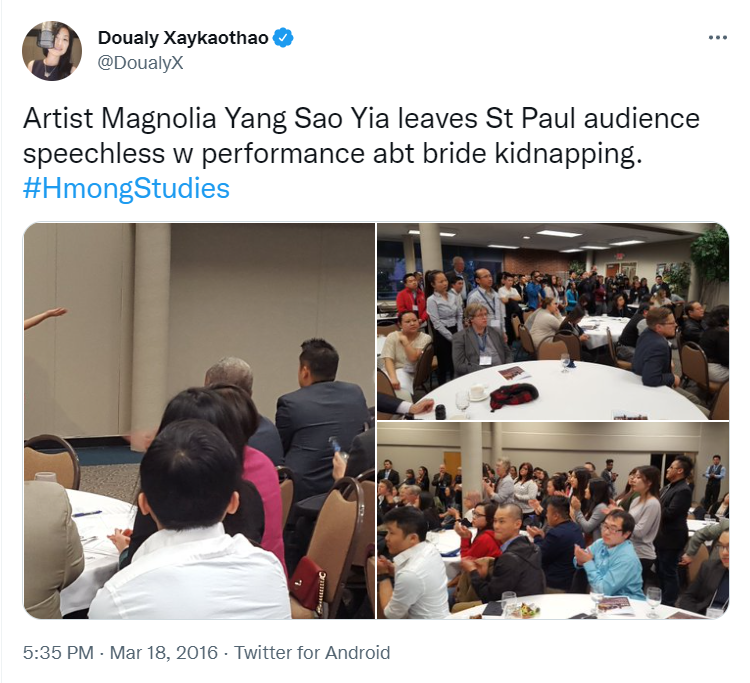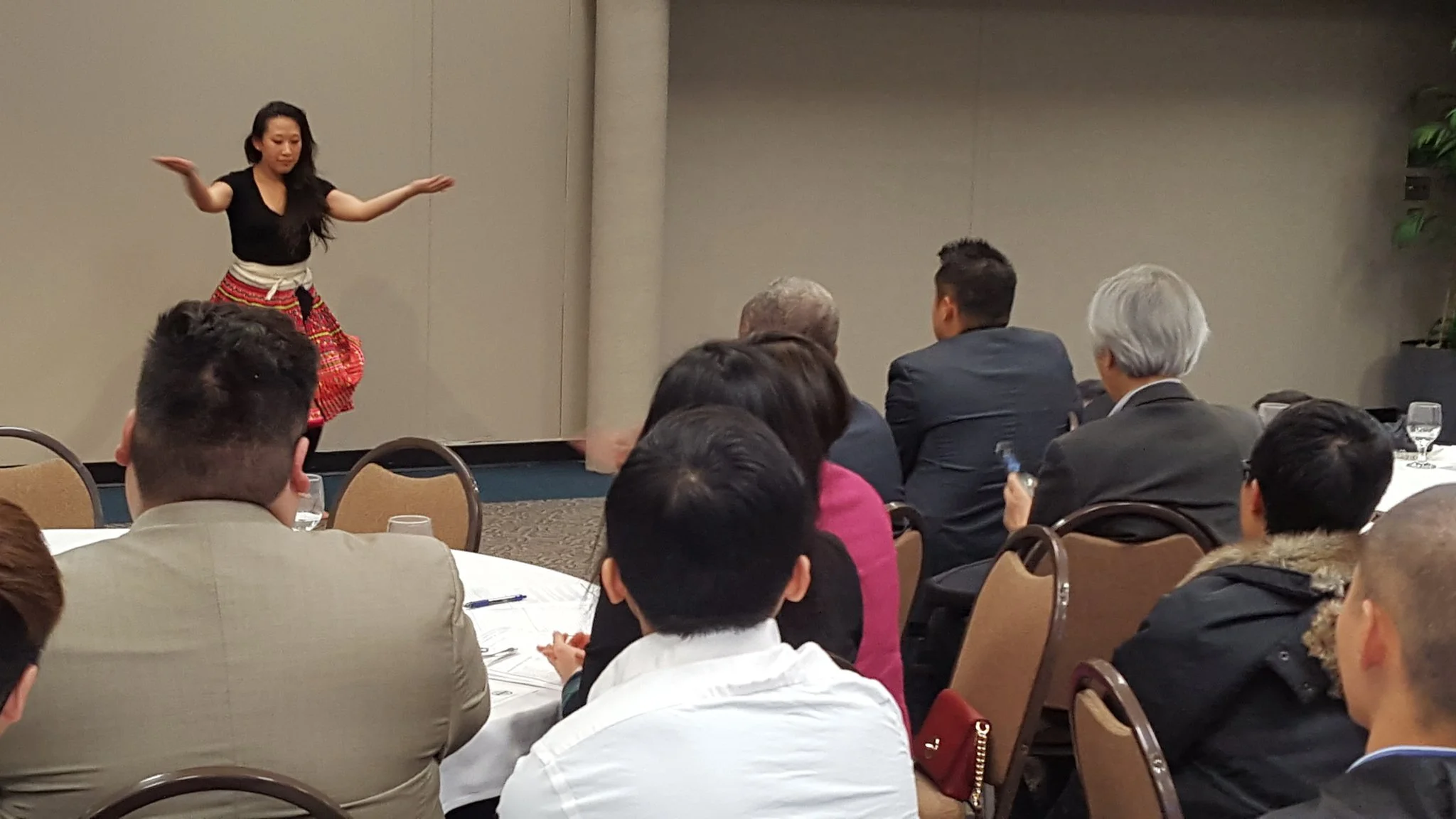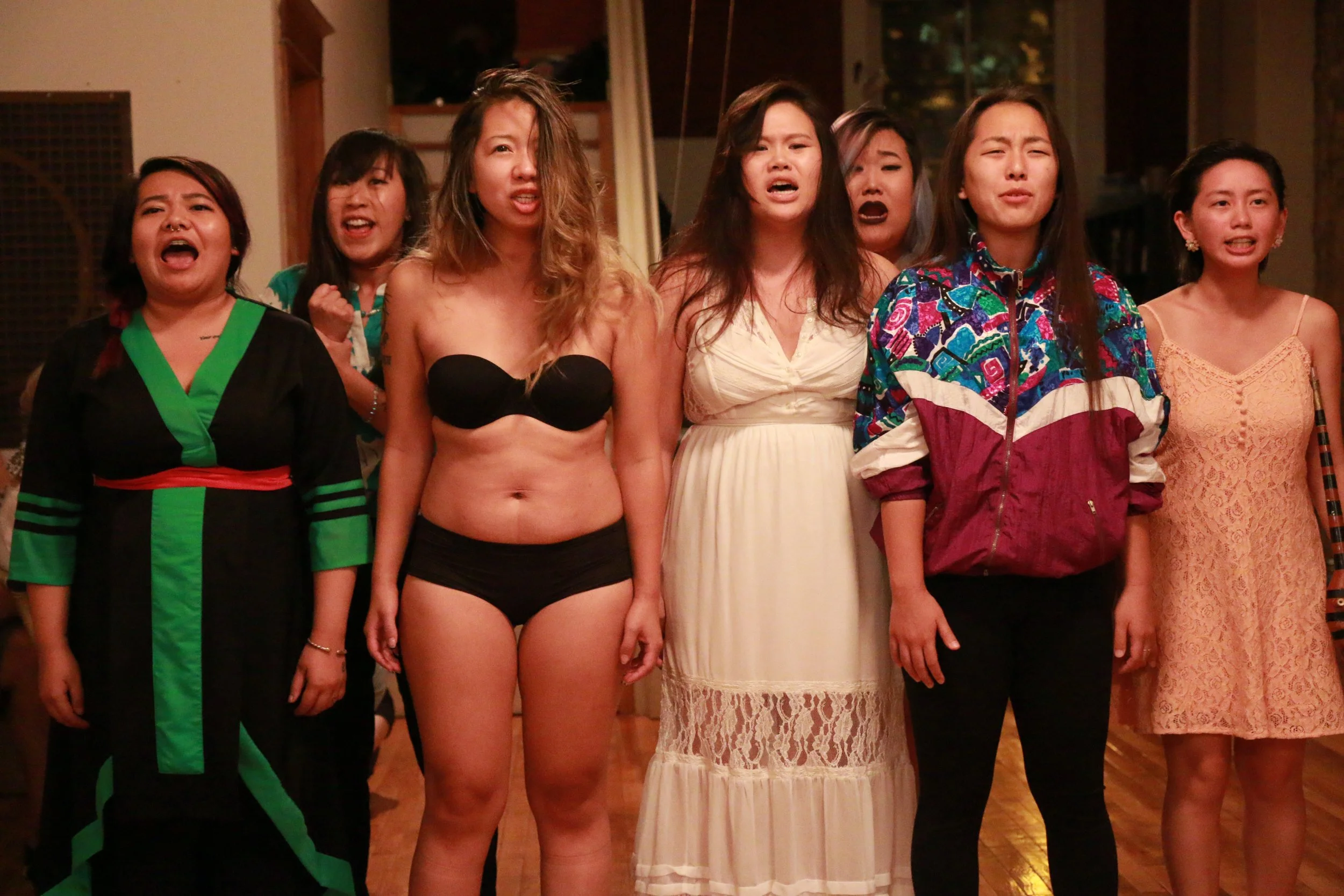- press -
2024
2019
“...one of the best dance numbers that I have seen all year. ”
“...it’s good to see the importance of physical movement in comedy embraced by Magnolia Yang Sao Yia’s clever choreography...”
“A straight-faced solo dance by Sharp, exuberantly choreographed by Magnolia Yang Sao Yia, is one of those unforgettable theatrical moments you just have to experience for yourself”
2016
April 30, 2016
An Investigation of what it means to be… by Dej Txiaj Ntsim, Kuab Maiv Yaj, Koua Mai Yang
A Reflection
It's been one year since I moved to Minnesota and I am coming into full awareness of being-myself. Although I'm not quite completely out of my comfort zone, I am finding that it is hard to exist without a place to call home. I am within driving distance of one of the most concentrated Hmong communities in the United States, and though I am Hmong I cannot say that I belong here.
I moved to the Twin Cities to continue my investigation of what it means to be Hmong in America and since moving I have found the ground to confront who I am, a product of patriarchy. Through a series of workshops and collaborations with artist Magnolia Yang-Sao-Yia (YSY) my awareness of myself and experiences with patriarchy has been bubbling out of me.
Magnolia YSY: Restaging of Shh...Silence
In restaging Shh...Silence, Magnolia invited several Hmong artists and activist to participate in her three day workshop exploring art making, movement, intersections with social justice, activism and radical healing.
“The highlight of the evening was a piece by Magnolia YSY (Yang-Sao-Yia), whose ensemble of seven Asian American women dancers had the audience howling in delight. These dancers were fierce, and YSY’s electric, emotionally gripping and utterly tantalizing choreography proved she’s a choreographer to watch.”
December 7, 2016
3-Minute Egg interview produced by Matt Peiken
2015
December 14, 2015
On Curating Violence by Emily Gastineau, Mn Artists
A candid case study on the thorny issues that arise in curating around culturally and emotionally loaded subject matter: feminist representation(s) and performance tactics, curatorial ethics, and the place of risk, conflict, and even violence in performance.
Contemporary performance makers maintain a deep intimacy with risk. Though descriptors like “risky” and “risk-taking” are overused in artist statements and press releases, this work involves a host of very real risks: the physical risk of injury onstage, the emotional risk of divulging complicated personal experiences, the social risk of speaking truth to power, the formal risk of contending with performance conventions, the relational risk of doing all of this in public. In late August 2015, my collaborator Billy Mullaney and I curated a shared evening of performance in our studio—an experience that drew together all of these types of risks and produced an unexpected conflict. This representational and personal conflict arose between two specific works, one by Magnolia Yang Sao Yia and the other by P. Collette, both of which grappled with violence against women. I decided to share this case study in collaboration with these artists, hoping that our conversations following the performance could shed more light on the issues it raised: feminist representation, performance tactics, curatorial ethics, and the place of violence in performance.
